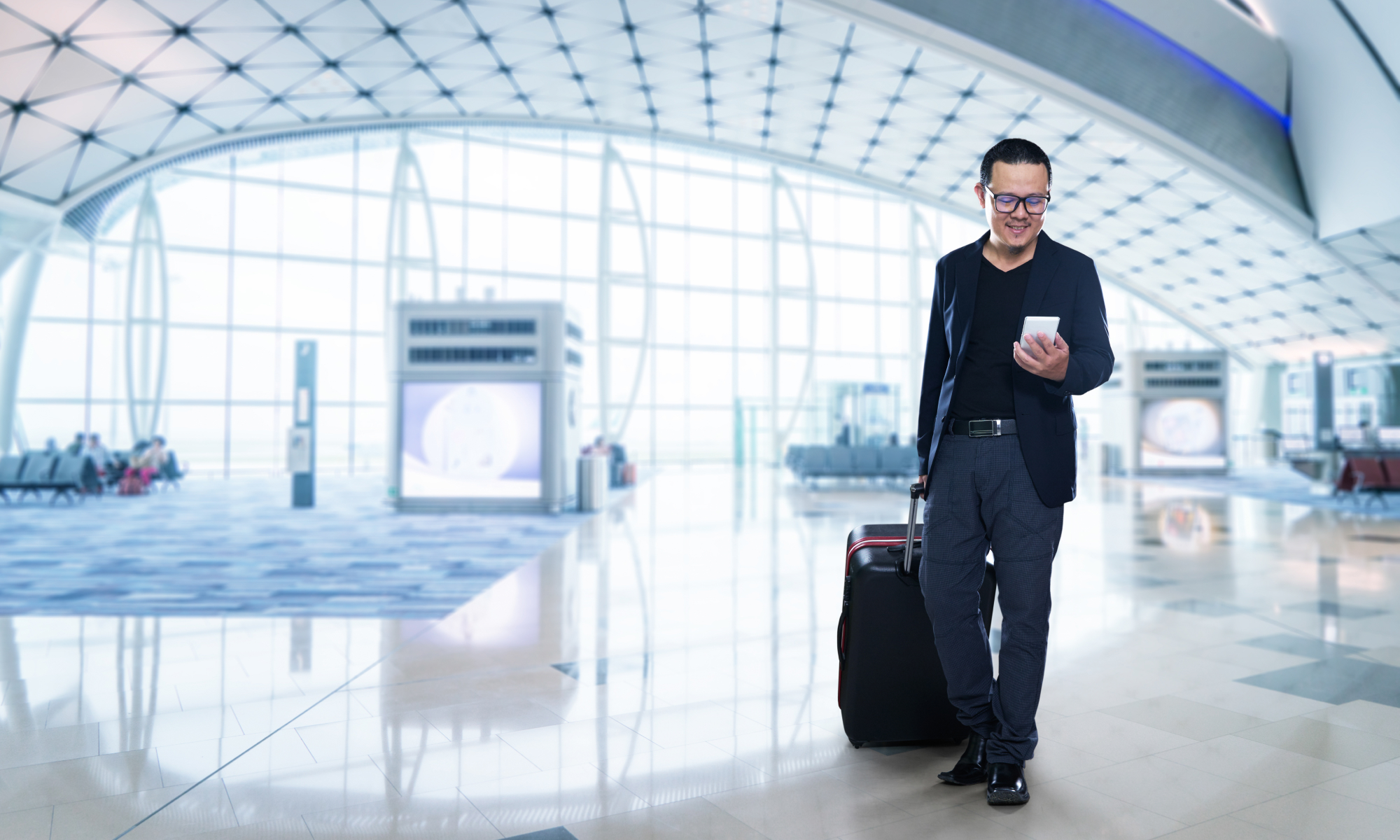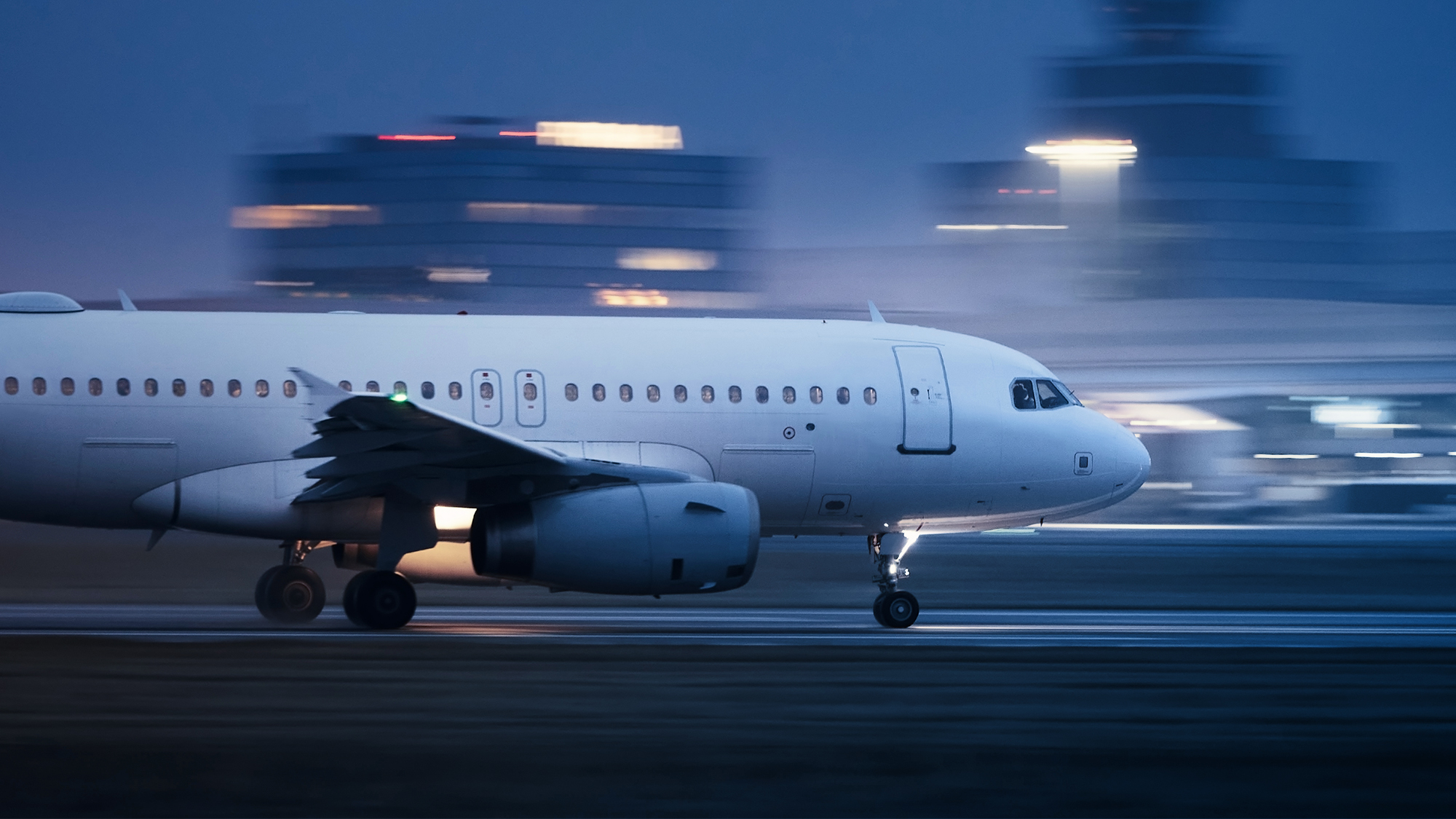2023 is the year airlines are expected to achieve their first net profit since the pandemic. Yet, while this is clear evidence that the airline industry is flying in the right direction, there’s turbulence ahead. According to the IATA, that profit margin is expected to be just 0.6% – a far cry from the 3.1% posted in 2019. To navigate this and help drive greater profits in the future, it’s imperative to consider how airlines can move to a leaner operating model, using innovation to introduce new efficiencies and streamline processes.
Many technologies can support this effort. But generative AI is one of the most compelling.
In the first blog of our three-part series on how generative AI is shaping the airline industry, we looked at its impact up to the point of purchase. In this second blog, let’s consider the data airlines have at their disposal – and how capitalizing on this using generative AI can enhance the delivery stage of the carrier journey.
Enriching the Pre-Flight Experience
The customer’s travel experience arguably starts long before they arrive at the airport. But one of the first touchpoints they encounter when they get there is the check-in process.
The potential for enhancing the customer experience here is huge. Automation and self-service check-in can be streamlined with generative AI. Processing information for boarding passes, checking bags, navigating the airport – the entire process can be guided by AI with a human feel.
This all contributes to enhancing the overall experience. Research shows 65% of consumers find a positive experience with a brand to be more influential than great advertising, making the personalized impact of generative AI a huge opportunity and an investment likely to drive a significant return.
This can continue throughout the airport, too. Airlines can tap into vast quantities of passenger and historical travel data, using customer preferences to deliver a more personalized experience. This includes tailored recommendations for services offered at the airport and through the airline’s travel partners. Whether it’s arranging for lounge access pre-flight, booking onward travel after arrival, or anything else a passenger needs, generative AI can streamline the handling of this through human language requests.

Preemptive Disruption Management With Generative AI
Disruptions are inevitable in the airline industry – and can have a big impact. Especially as 36% of travelers say the number one reason for their continued loyalty is an airline’s proven track record for being on time. That is why effective disruption management is so important as a way to help keep passengers on side.
Generative AI allows airlines to re-design their disruption management, highlighting to passengers the various customized options available that align to their needs. In doing so, airlines can reduce customer stress as well as lines at the customer service desk, while also reducing calls to their contact center.
If traffic on the way to the airport is heavier than usual, for example, an airline’s chatbot can flag this to passengers with a range of available transport options that can be immediately booked through the app. Using generative AI in this way minimizes inconvenience, while letting passengers select the best resolution on their own terms.
In the case of a flight delay, generative AI can be used to convert a disruption into an opportunity that can retain passenger loyalty. When the situation arises, a message can be sent to say: “Unfortunately your flight is delayed by 3 hours, but here is a $25 voucher to have a drink and something to eat on us.” Follow-up responses and customer queries can also be handled by generative AI, freeing up client service staff to prioritize other tasks.

Making Onboarding and Arrivals a Breeze
As passengers take off, generative AI can help this seamless customer experience continue in the air. Chatbot technology can be used for food and drink orders and handling common queries such as immigration questions for the destination the passenger is flying to, or questions about the airline’s loyalty program.
Generative AI in the delivery phase gives customers a constant, open channel of communication with the airline. It reduces the burden on airline staff as AI takes on the heavy lifting of customer communication throughout the service delivery stage. In short, it facilitates the best possible customer service while streamlining operational processes.
The Experience Through the Passenger’s Eyes
Driving efficiency in the airline industry and delivering greater customer satisfaction throughout the carrier journey go hand in hand. And integrating AI touchpoints across pre-flight, onboard, and arrivals processes help deliver on this.
Here’s an example of what a generative AI-supported journey could look like for a passenger, from pre-travel to arrival at their destination:
10:00: Boarding pass information gathered quickly and efficiently through human language interaction with passenger using airline app.
11:30: App lets passenger know their flight will now depart at 6pm, handles immediate customer queries, and offers a number of transport options. Passenger books a taxi through app in response.
15:41: Taxi drop-off at the airport. AI-powered self-service check-in allows bags to be scanned and dropped off quickly.
16:23: Passenger arrives through security and is given hyper-personalized recommendations as to how to spend the time before departure.
16:44: Passenger uses airline app to book onward travel after arrival. Generative AI makes it a simple, easy process.
16:54: Takeoff for the 6pm flight is delayed by extreme weather. Airline app issues a $20 voucher with the message: “Sorry your flight is running late due to extreme weather. We expect your gate to open at 18:45, have a drink on us while you wait.”
18:14: Plane arrives at the airport and gets turned around. Passenger immediately updated.
19:32: Pre-selected food and drink choices arrive. Generative AI handles passenger queries about immigration at their destination.
22:10: Baggage reclaim and exit from the airport. Onward travel booked through airline app is waiting on arrival.
A Streamlined Delivery Process
For airlines, delivery is arguably the category where there is the greatest opportunity to delight customers and navigate any issues they encounter. By employing generative AI, airlines can redesign the customer experience to deliver on the brand promises of the airline as well as augment and support the disruption management process.
The industry-wide turbulence caused by external factors, ranging from the pandemic to global supply chain issues to rising fuel costs, has eaten massively into airline profit margins. Although 2023 looks to be the year the industry gets back on track, airlines need to use technology as a catalyst to lower the cost of optimizing customer service and disruption management – and generative AI is set to be a key technology in this process.

Hemal is passionate about helping the Travel and Hospitality industry solve business challenges through technology-led Innovation.






